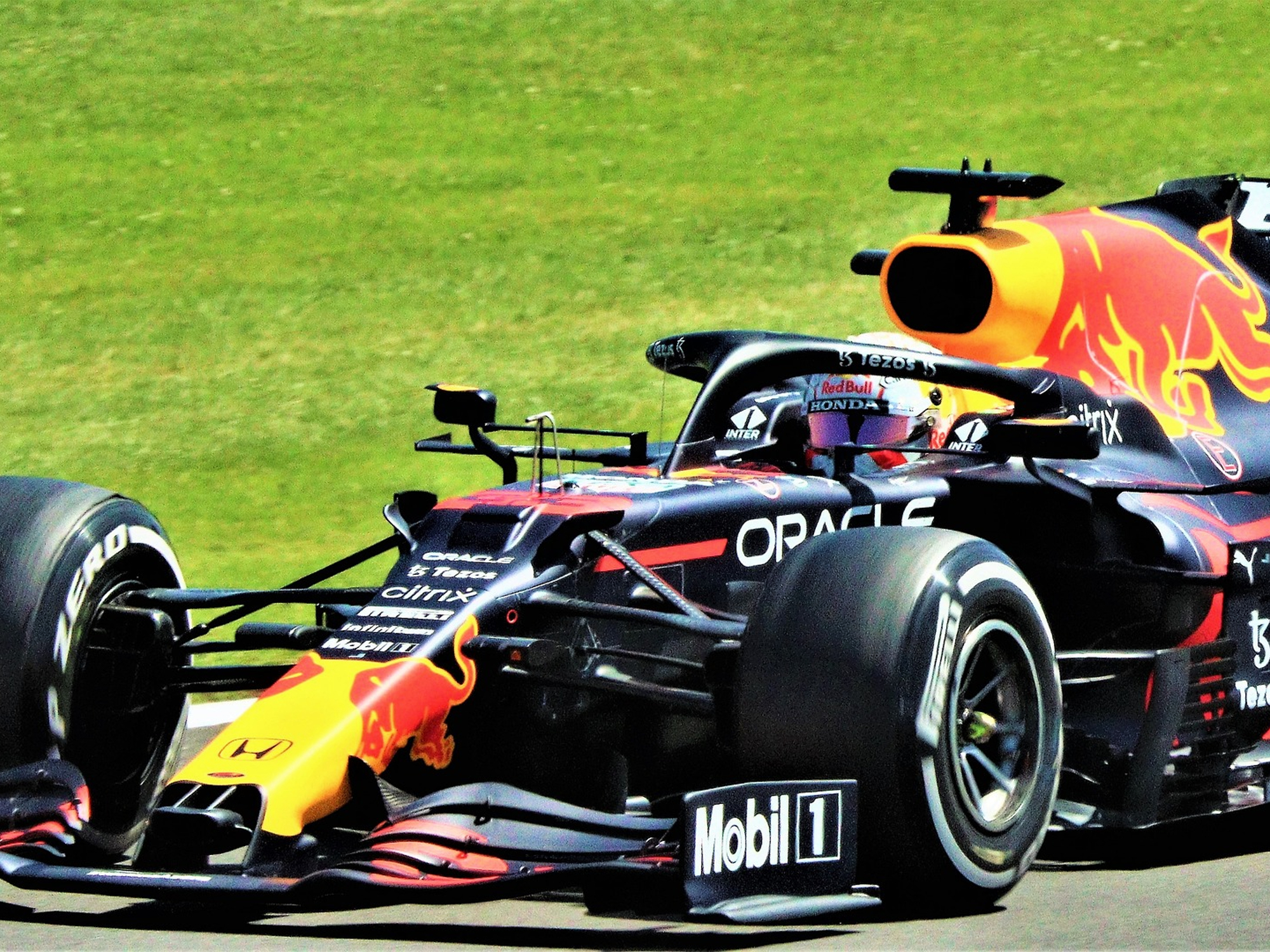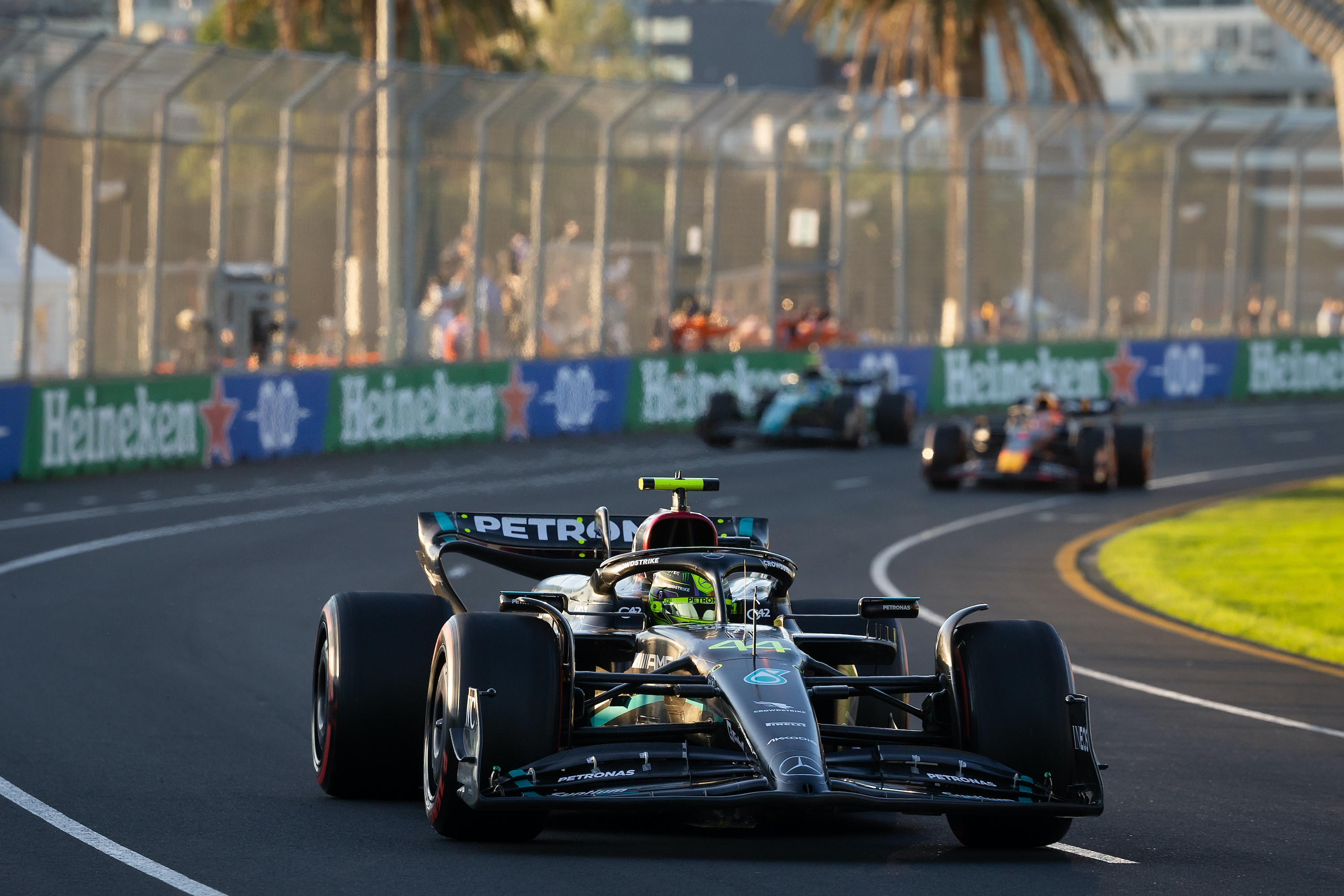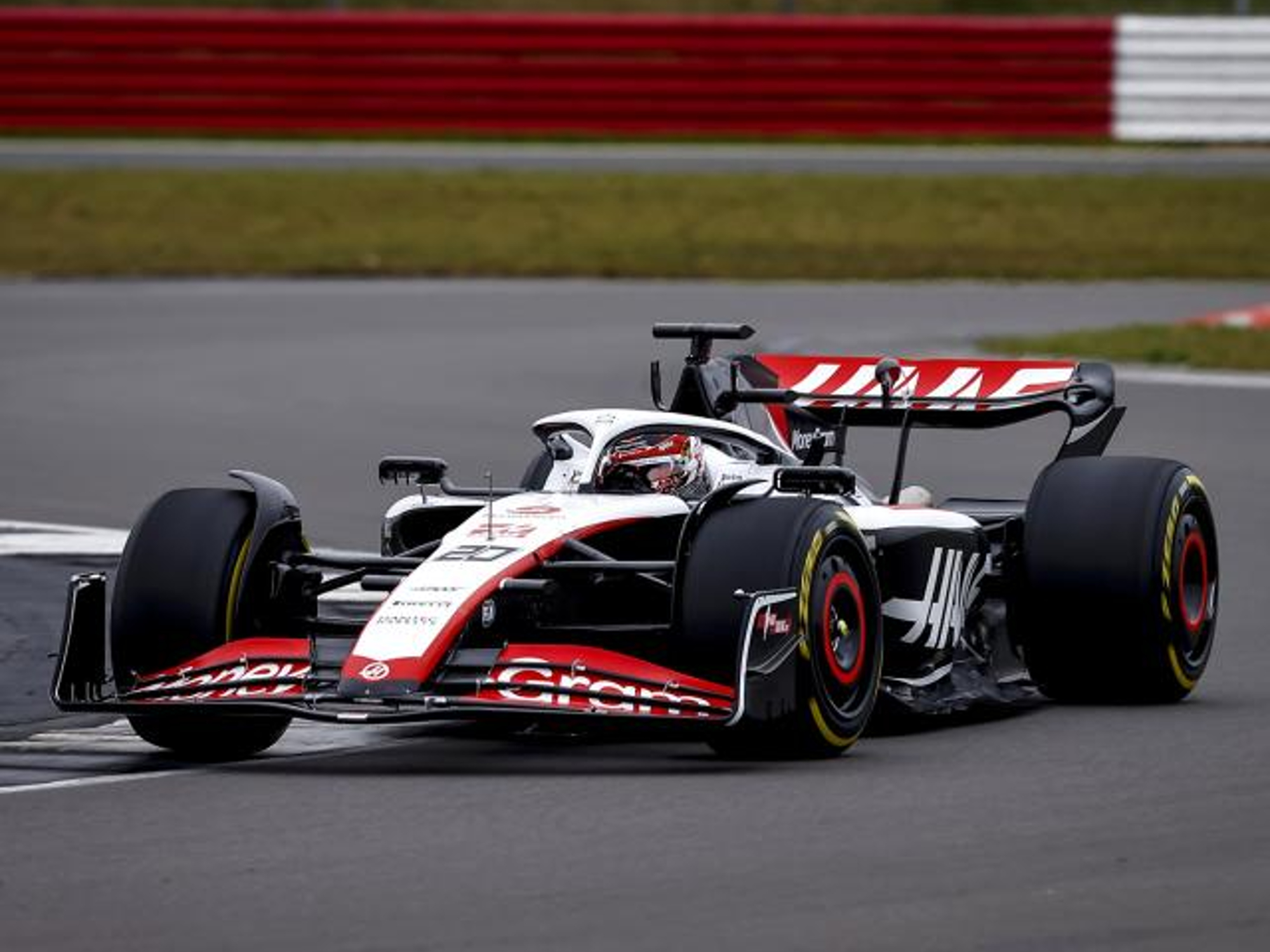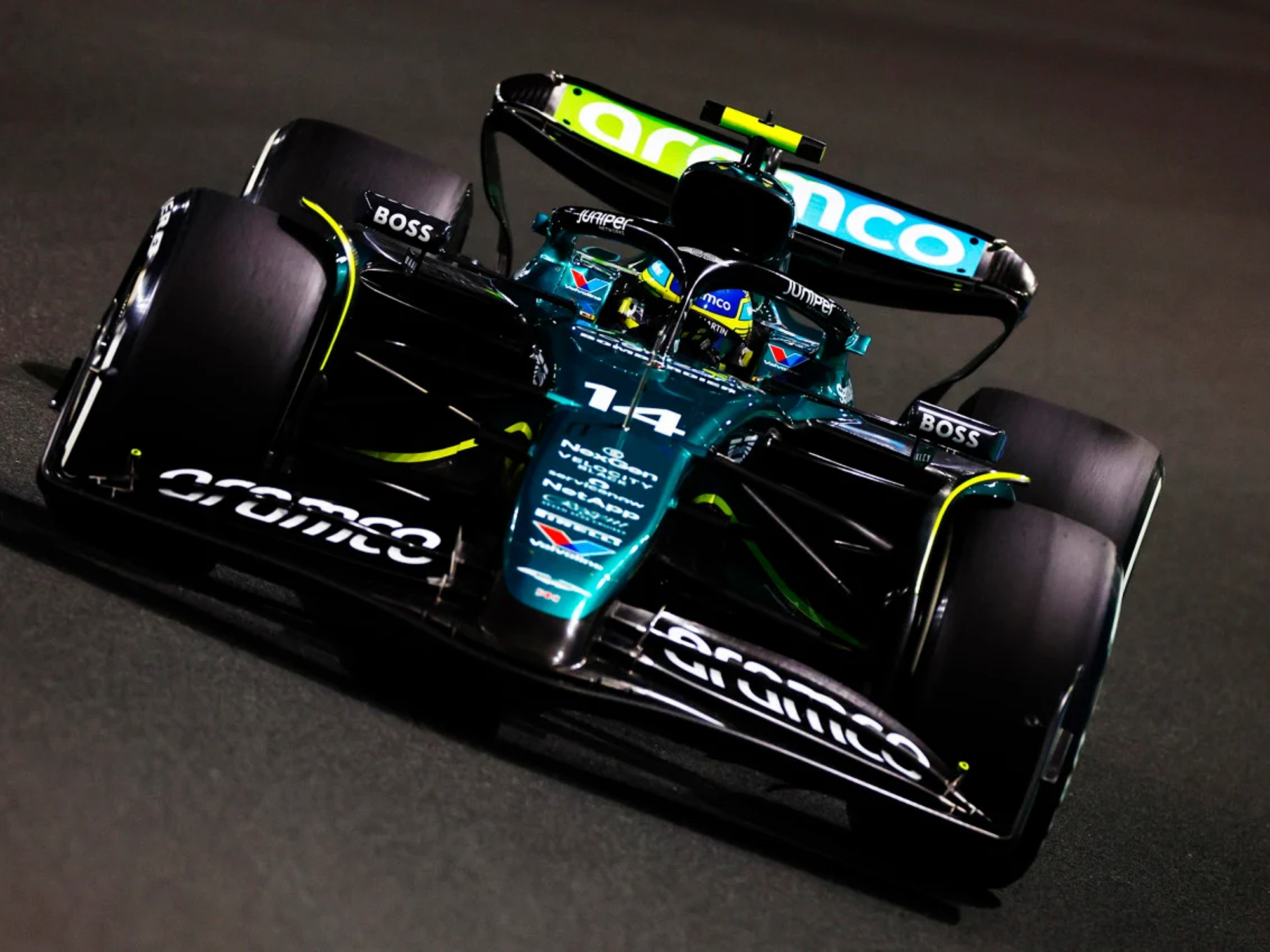
Formula 1’s role as the pinnacle of motorsports competition, with deep-pocket teams such as Mercedes, Ferrari, McLaren, Aston Martin, and the current reigning Championship team Red Bull, demands the highest-performance race cars. At the beginning of the 2024 F1 race schedule, Red Bull’s Champion driver, Max Verstappen, continues to dominate the field.
Realizing that unlimited spending could transform F1 into a competition based on budget size, the FIA instituted team spending caps in 2021. One effect of the spending caps is that because F1 teams are limited to spending the same amount on race car development and operations, it’s easier to estimate the cost of a Formula 1 car.
The Fédération Internationale de l’Automobile (FIA) is the motorsport governing authority for F1 racing. Published for each season, the FIA F1 Regulations spell out the rules for teams. The FIA 2024 F1 Regulations are 341 pages long, with sections for Technical, Sporting, and Financial matters. Regarding F1 race cars, the Technical rules include technical and engineering specifications, the Sporting section covers how teams allocate and use the vehicles and their components, and the Financial regulations spell out how much teams can spend.
Why Formula 1 car cost matters

It is a characteristic of engineers that they always want to improve their product. F1 racing teams don’t compete only on race tracks but also in the hiring marketplace, seeking the best engineers in all aspects of motorsports. The sport would ultimately collapse if those exceptionally skilled teams of specialized engineers were given limitless financial resources. The reason is that Formula 1’s yearly income from race attendees, television audiences, and sponsors would rapidly decline as the genuine competitive spirit vanished from the racetracks.
What does a Formula 1 car cost?

The logical source for finding the best information on F1 car cost is F1 teams. F1 teams don’t all publish financial data, but Red Bull’s Red Bulletin blog addressed F1 car cost in 2023, estimating a total cost of approximately $15.9 million. F1 cars are built from components developed separately and jointly by in-house teams and third-party sources. Building an F1 race car isn’t the same as ordering a car or truck by ticking selections on a long list of options. Unless the FIA one day decrees an exact price rule per car, the amount teams spend will vary, but the $15 million per car figure is commonly mentioned.
Which parts of the car cost the most?

The F1 race car power unit is the most costly part of a Formula 1 car, typically accounting for about two-thirds of the total cost. The power unit’s primary components include a 1.6-liter hybrid V6 internal combustion engine (ICE), a turbocharger (TC), a motor generator unit that reclaims electrical energy from heat (MGU-H), a motor generator that reclaims electrical energy from kinetics (MGU-K), and energy storage unit, and control electronics. Power unit cost estimates range from $10.3 million to $10.6 million.
During an F1 season, each driver can use no more than two energy storage units and two control electronics units. Each driver can use no more than four ICEs, TCs, MGU-H, and MGU-K units per season. The FIA track stewards assess penalties if a driver uses more than the season allotment.
Other pricey F1 car components (with cost estimates) include front and rear aerodynamic wings ($250K), chassis ($600K to $650K), transmission ($350K), and steering wheel with software ($50K).




